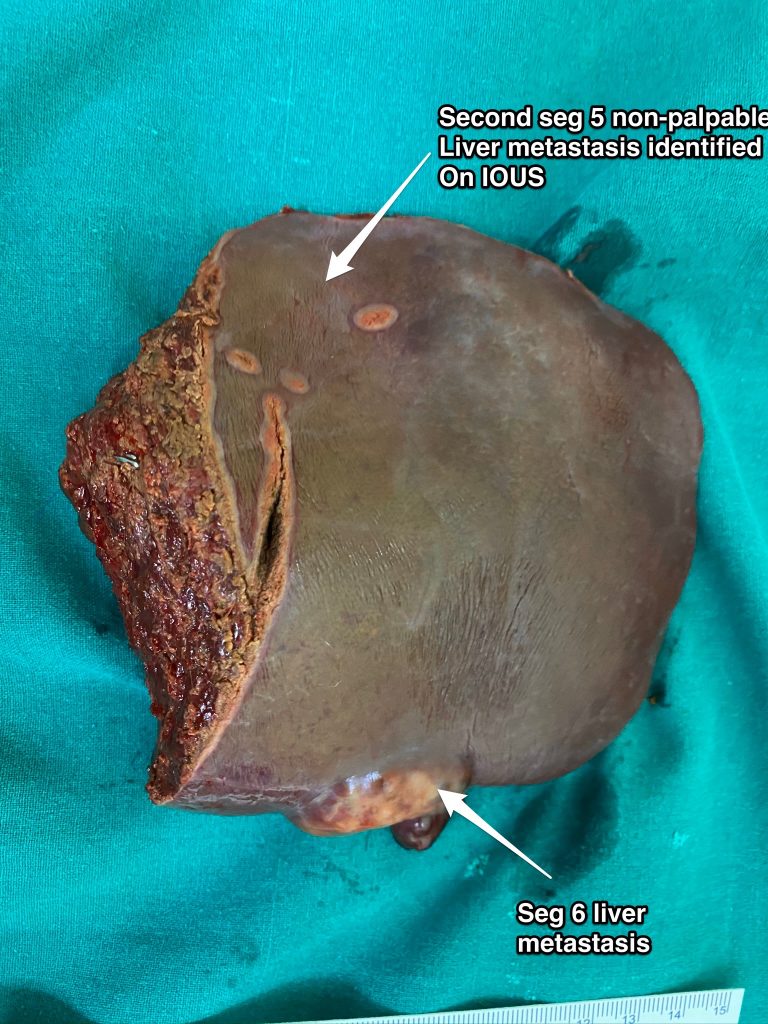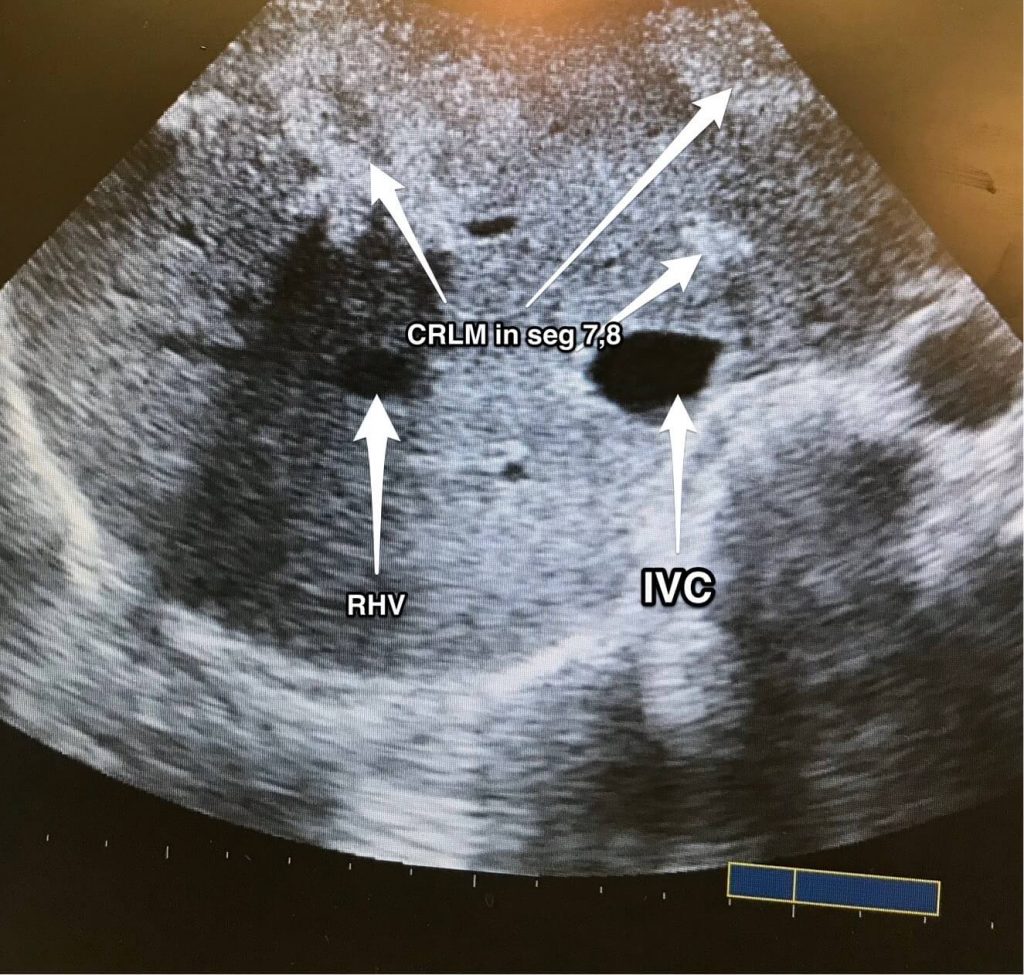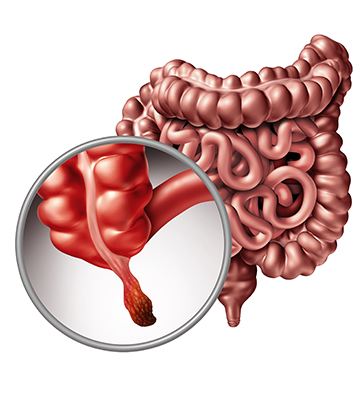Is a Liver Infection Serious?
The liver is a large organ around the size of a football that functions as a storage organ. It’s located on the right side of your abdomen, straight below your rib cage. The liver is important for the digestion of food and eliminating waste from the body.
Liver disease may be inherited genetically. Viruses, excessive alcohol use, and obesity are a few factors that may cause liver damage.
Liver damage may further progress into liver scarring (cirrhosis), leading to liver failure, a life-threatening condition. On the other hand, early diagnosis and treatment may enable the liver to heal.
What does infection in the liver mean?
When disease-causing agents (bacteria, parasites and viruses) infect your liver cells, inflammation is triggered. This impairs the normal functioning of the liver. As a result, symptoms like tiredness, itchy skin, dark urine, chronic fatigue, pale stool, diarrhoea, and loss of appetite may show up.
The diseases causing pathogens can enter the liver through blood, contaminated water or food, or contact with an infected person. The most common form of liver infection includes Hepatitis A, B, and C caused by the hepatitis group of viruses.
In addition to jaundice, several of these symptoms might signal various other problems, from stomach bleeding to heart failure to Wilson’s disease. Inheritance of an abnormal gene from one or both of your parents can cause a build-up of various substances in your liver, leading to liver damage.
For example, in Wilson’s Disease, this hereditary ailment develops when copper builds up in your body, harming your brain and liver. A lack of specific symptoms may make it difficult to recognise liver failure since toxins can build up in your body and brain while your liver is out of action, leading to additional health issues, including liver cancer.
What virus causes liver infection?
Hepatotropic viruses infect and multiply in the liver, causing illness. This group of viruses includes the hepatitis A, B, C, and E viruses. Hepatitis and liver damage occurs because of the liver’s immunological response to a virus in any of these illnesses.
The liver is prone to further damage because of greater host infection with viruses that predominantly attack other organs, notably the upper respiratory tract. Herpes viruses are an example of this phenomenon.
What happens if the liver is infected?
Some types of liver disease may raise your risk of developing liver cancer. If you do not get your liver checked properly, it will worsen. Cirrhosis (liver scarring) is a condition that arises when this happens.
A damaged liver will ultimately run out of healthy tissue and not perform its essential functions. If untreated, liver disease may progress to organ failure.
Read More – How Can Stomach Cancer Be Prevented?
Is liver infection contagious?
The liver infection can’t be spread by casual contact with an infected person. However, getting hepatitis by blood, faeces, or sexual contact is possible. It is one of the most common causes of liver illness. Infectious diseases, such as chickenpox, can cause liver damage, although rare.
Is a liver infection fatal?
Bacterial infection is a common and often fatal consequence of liver illness. It may cause mortality directly or indirectly by precipitating gastrointestinal bleeding, hepatic encephalopathy, or renal failure.
How long does a liver infection last?
Viral hepatitis like hepatitis A and E virus last for a few days to a few weeks. Moreover, the patient recovers after a supportive treatment and develops a lifelong immunity towards those viruses.
However, hepatitis B and C can behave like acute viral illness, but in some patients they might become lifelong carriers. This causes chronic liver damage leading to chronic liver disease like cirrhosis, or malaganices.
Hence, it is crucial to consult a doctor if you develop a hepatitis infection.
Can liver infections be cured?
Some liver conditions may be cured since a cure entails restoring good health and recovery. However, some liver illnesses cannot be treated, but the symptoms may be managed. For example, the alcohol-related liver impairment may be effectively managed with proper diet and exercise, and your liver may ultimately recover.
On the other hand, your liver may fail if the circumstances are sufficiently severe. Surgery may help with certain disorders. People with serious illnesses may be candidates for a liver transplant, which might repair the condition; however, recovery time is lengthy.
Conclusion
It is possible to develop liver disease as a consequence of an infection, an inherited illness, cancer, or an excess of poisonous chemicals. Healthcare practitioners may properly treat many forms of liver disease with medicine or by adopting a healthier lifestyle. If you have serious liver disease, a liver transplant may be an option to help you regain your health and live longer.
Contact our experts today to know more about liver diseases and its cure.














